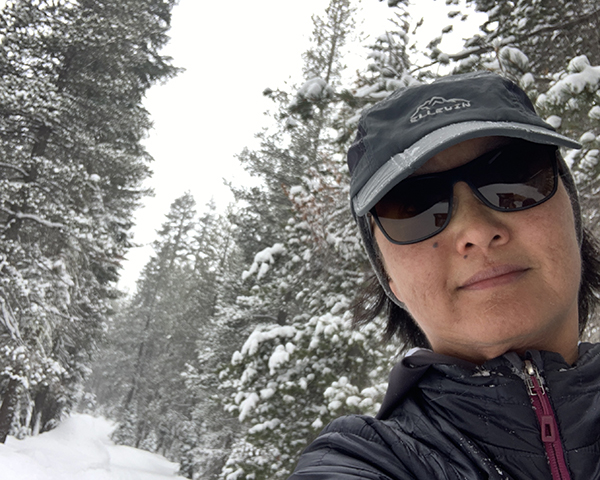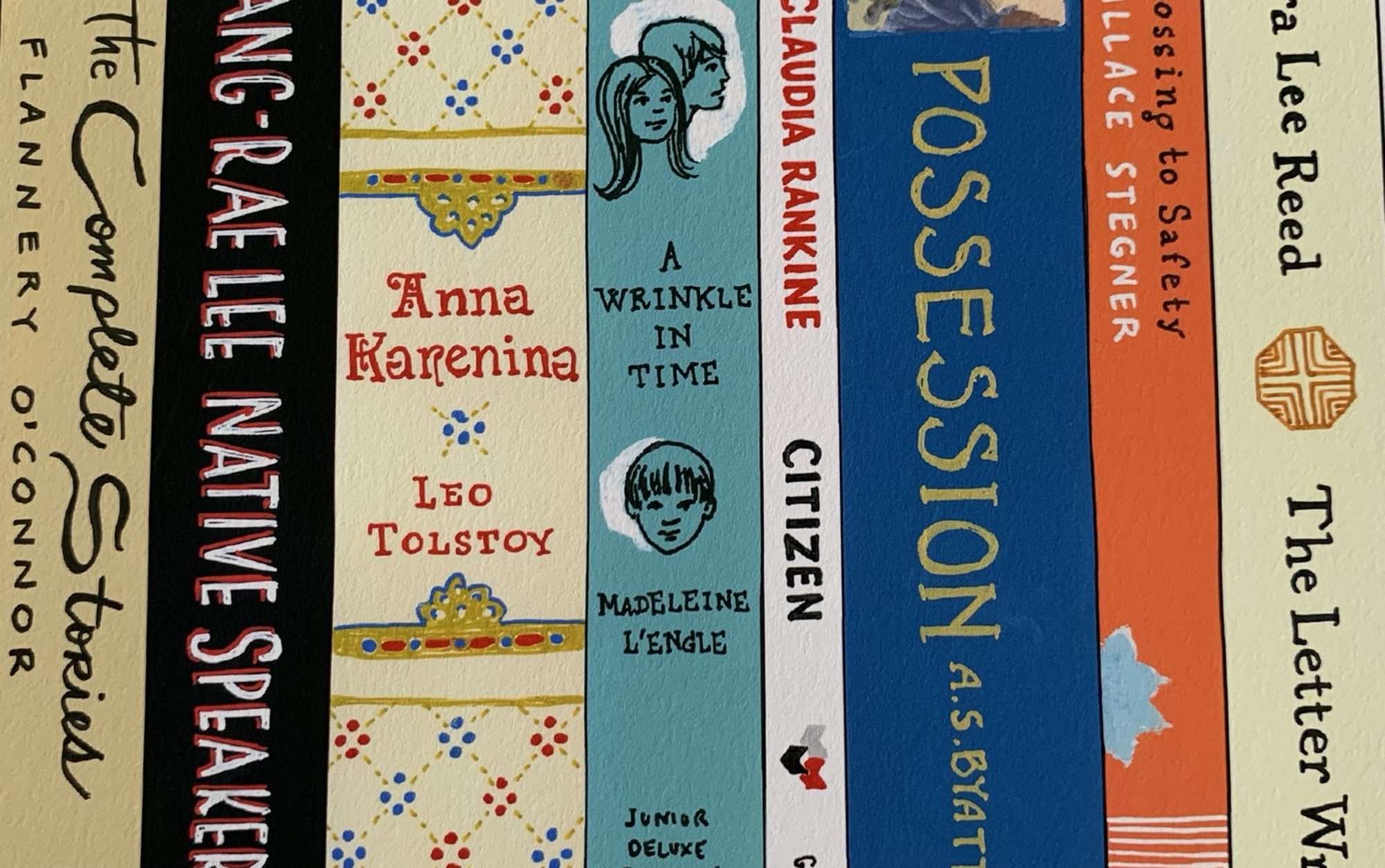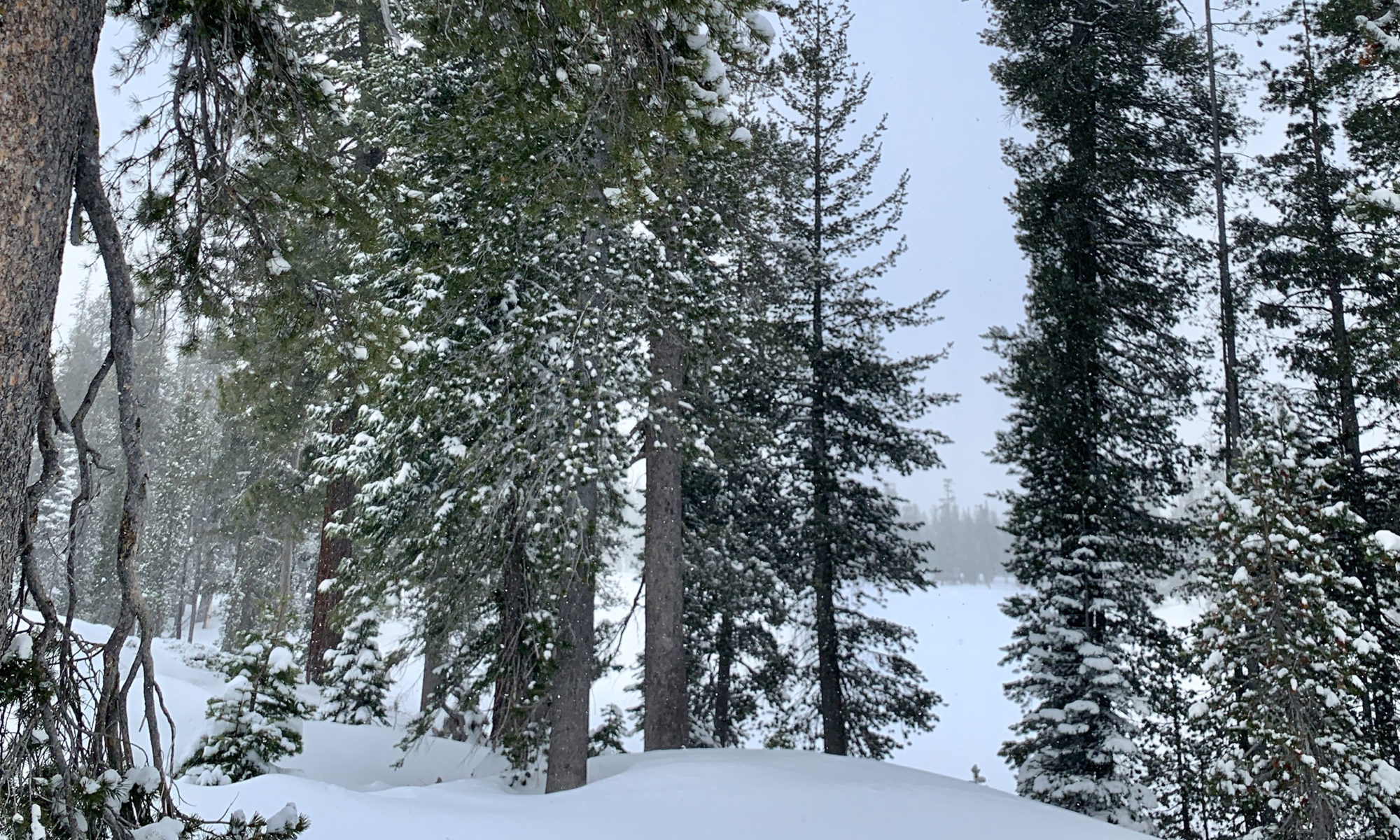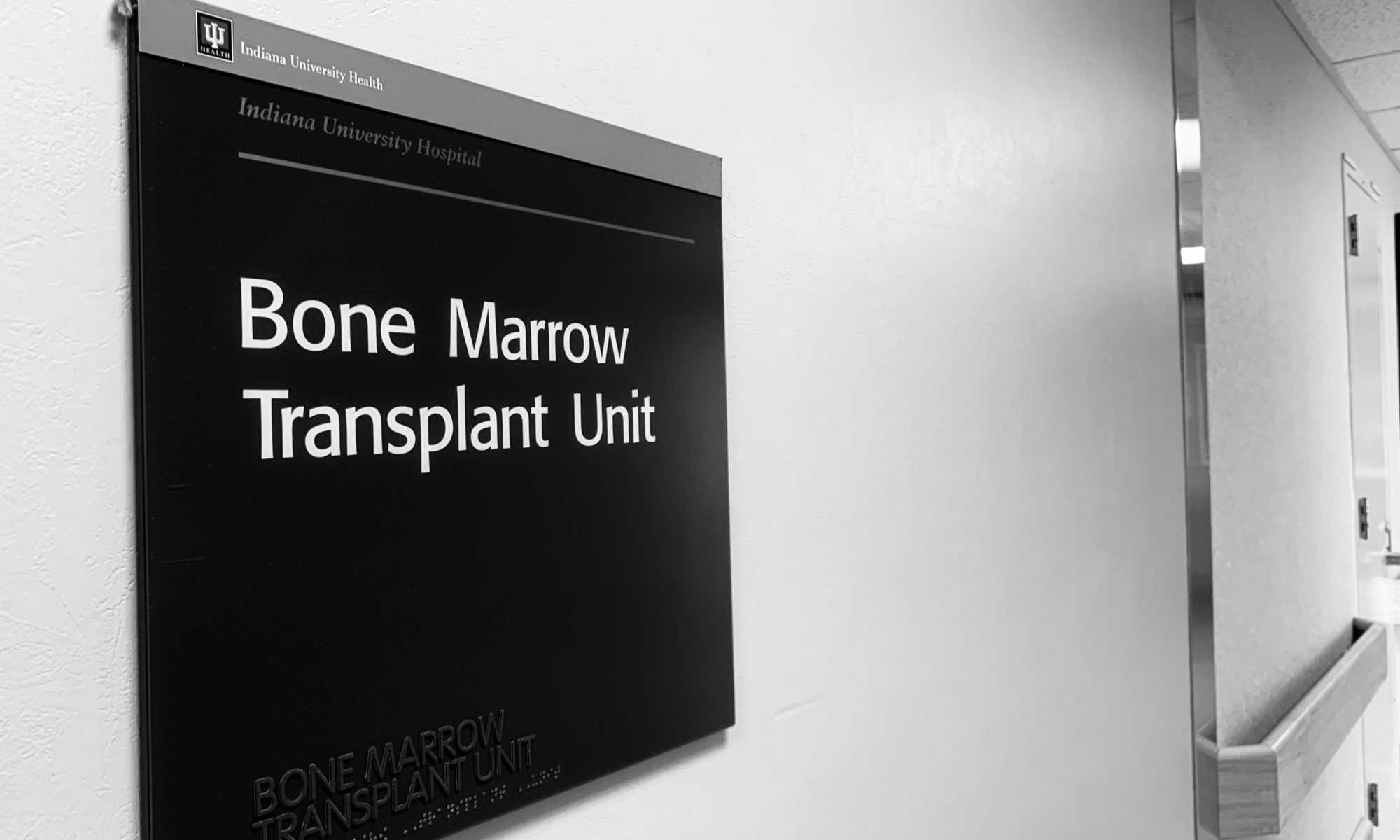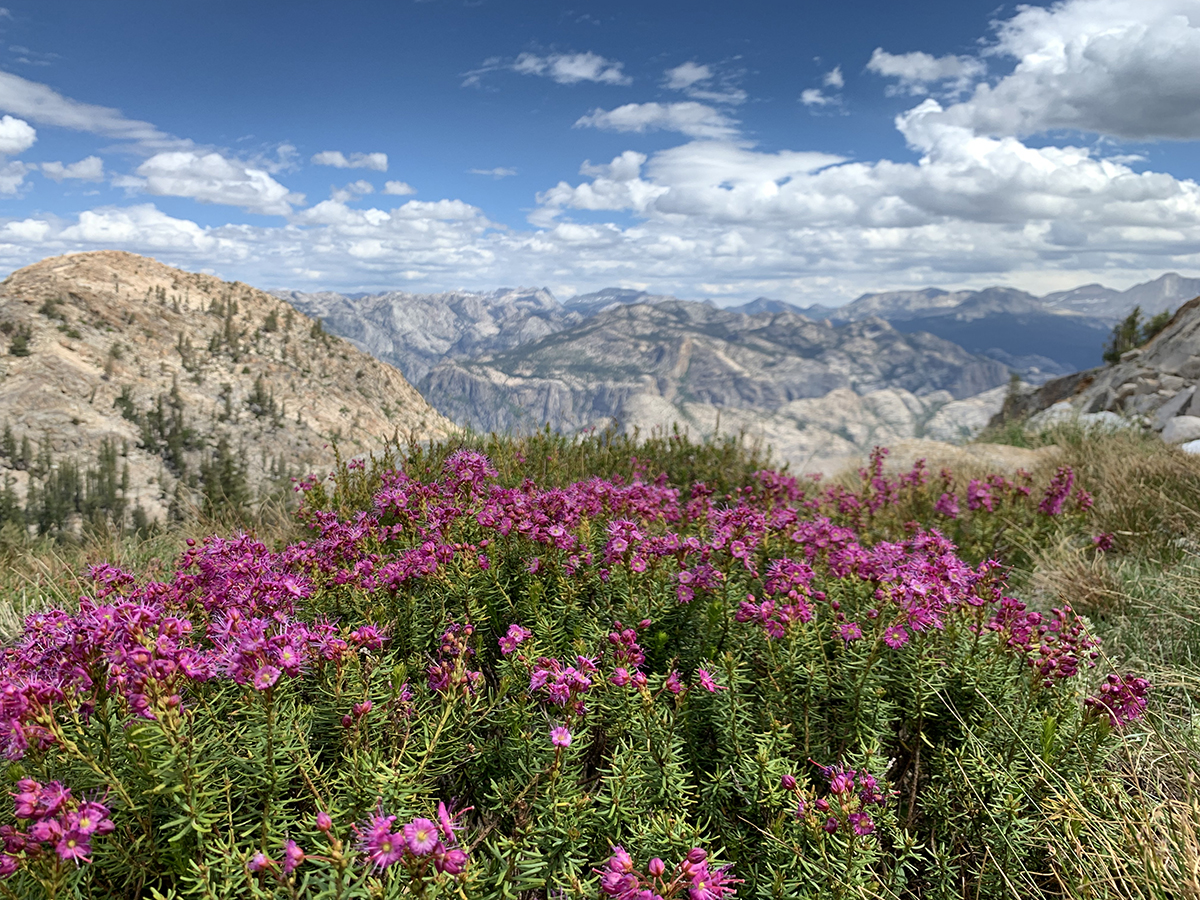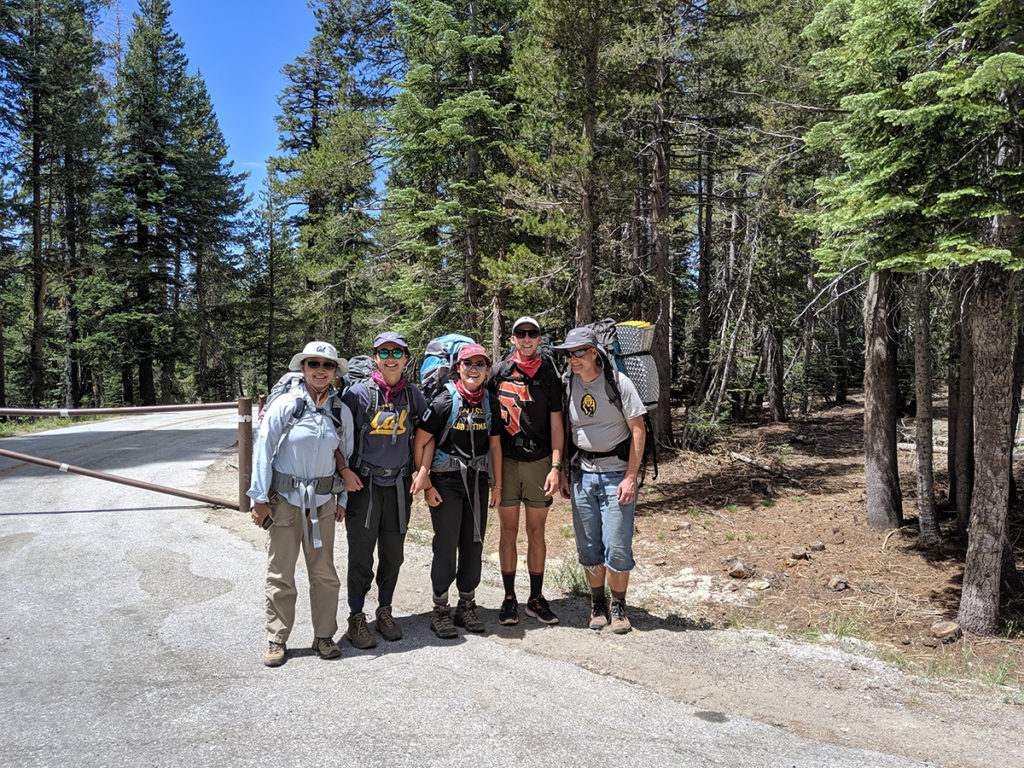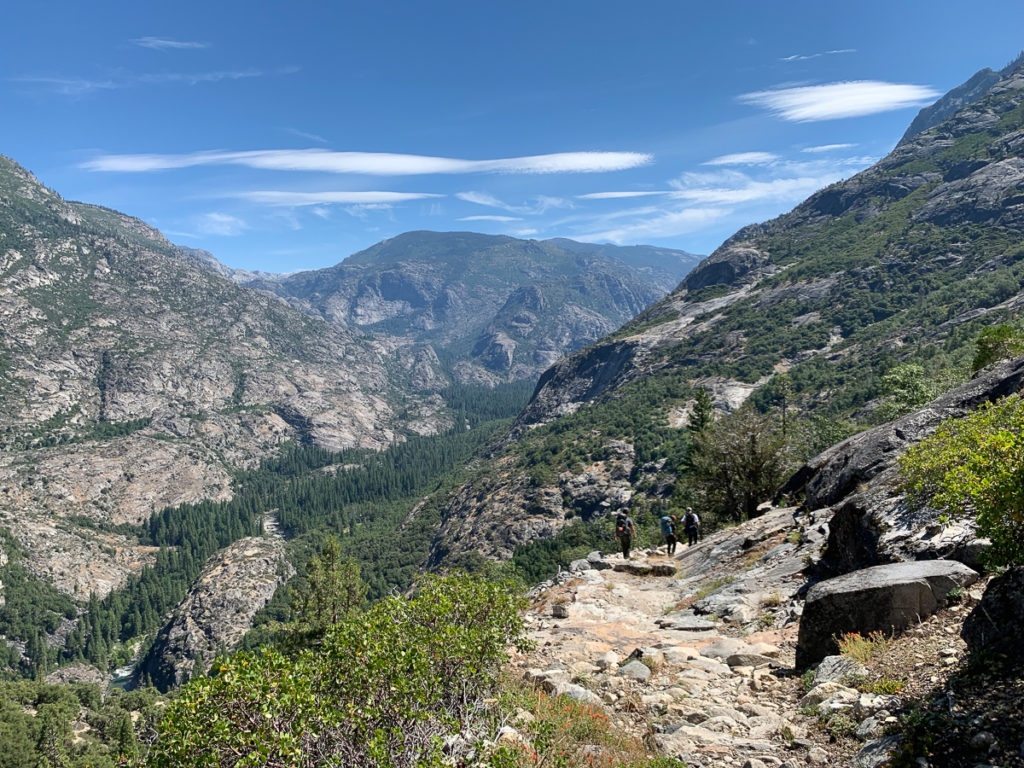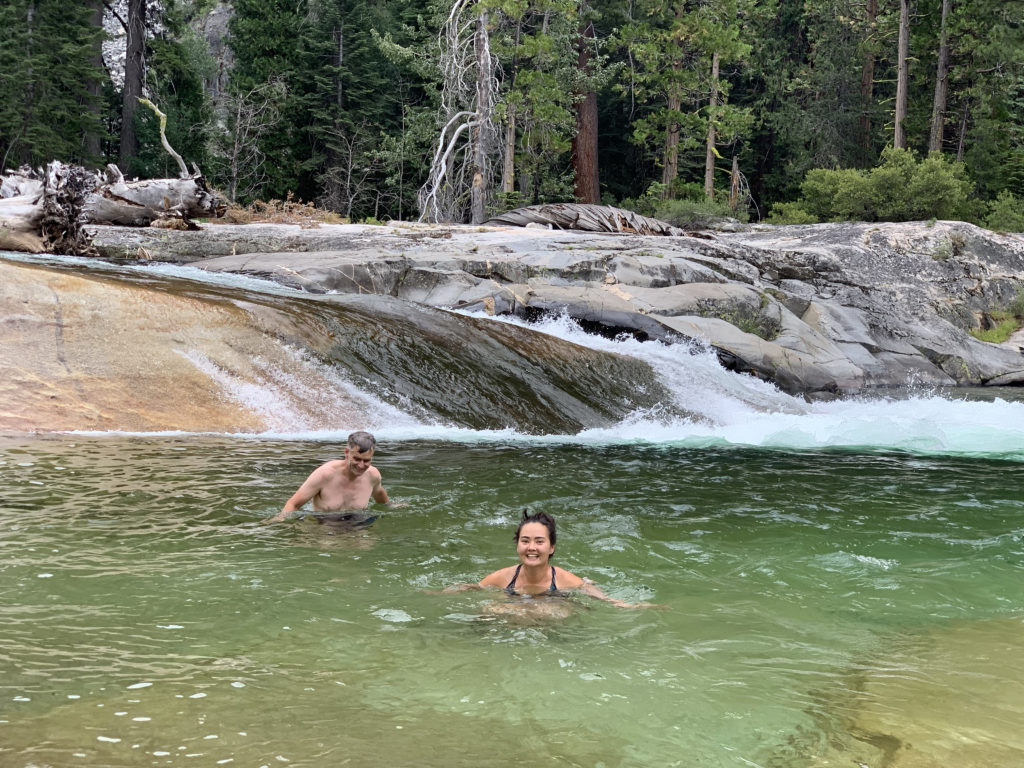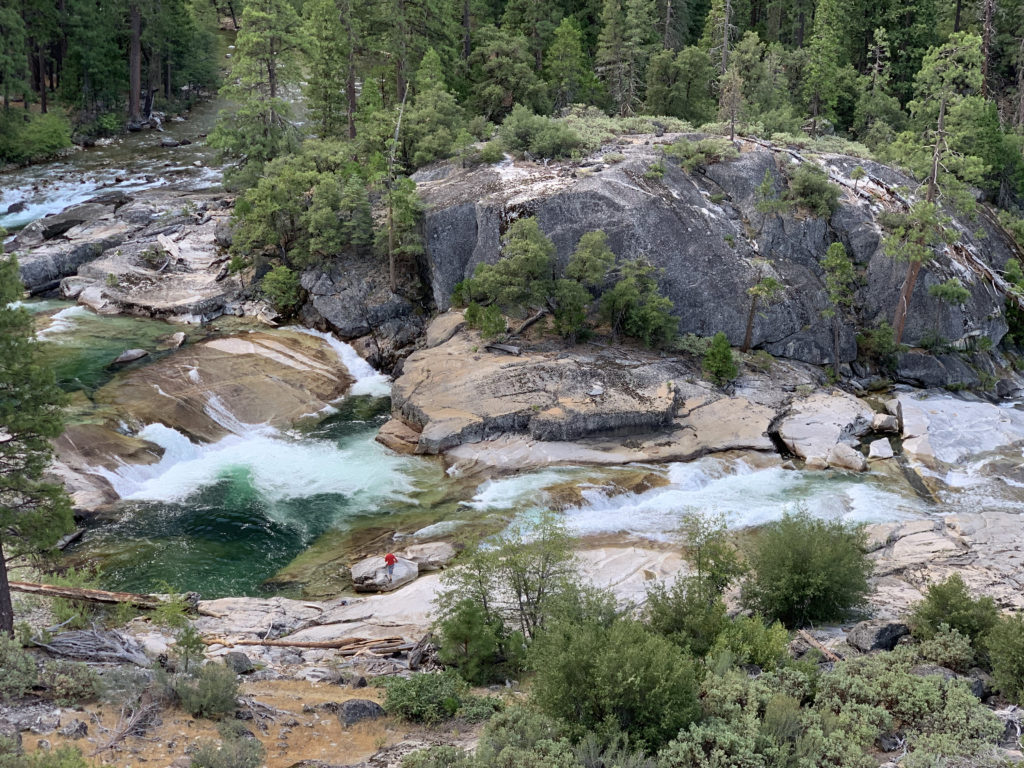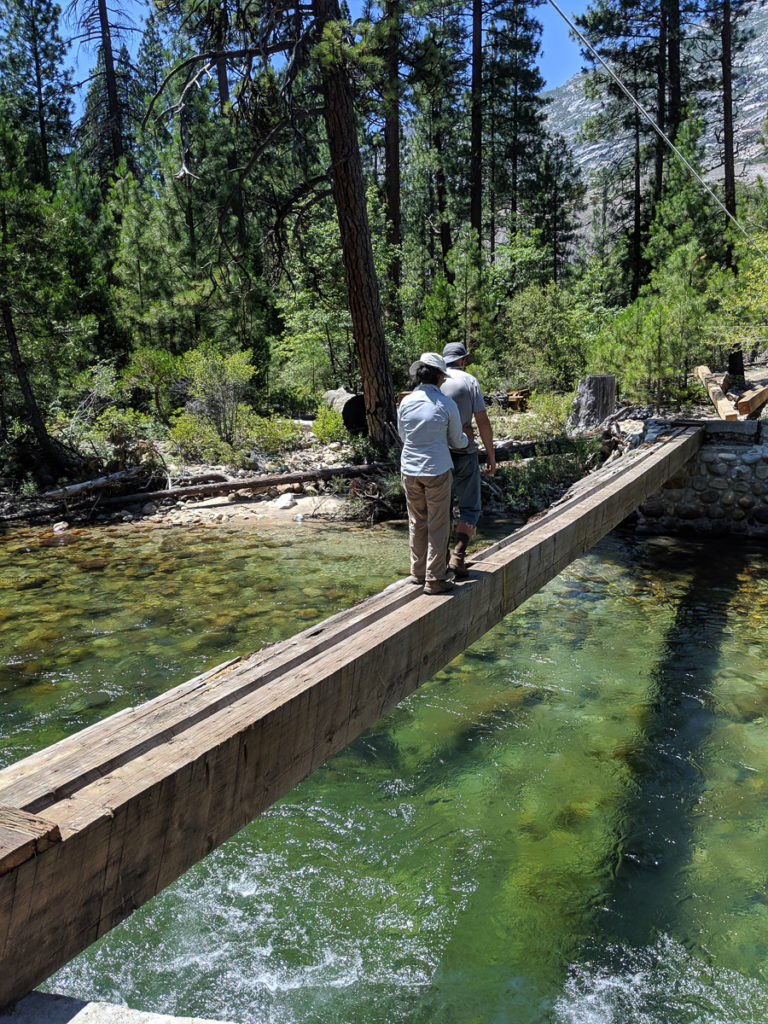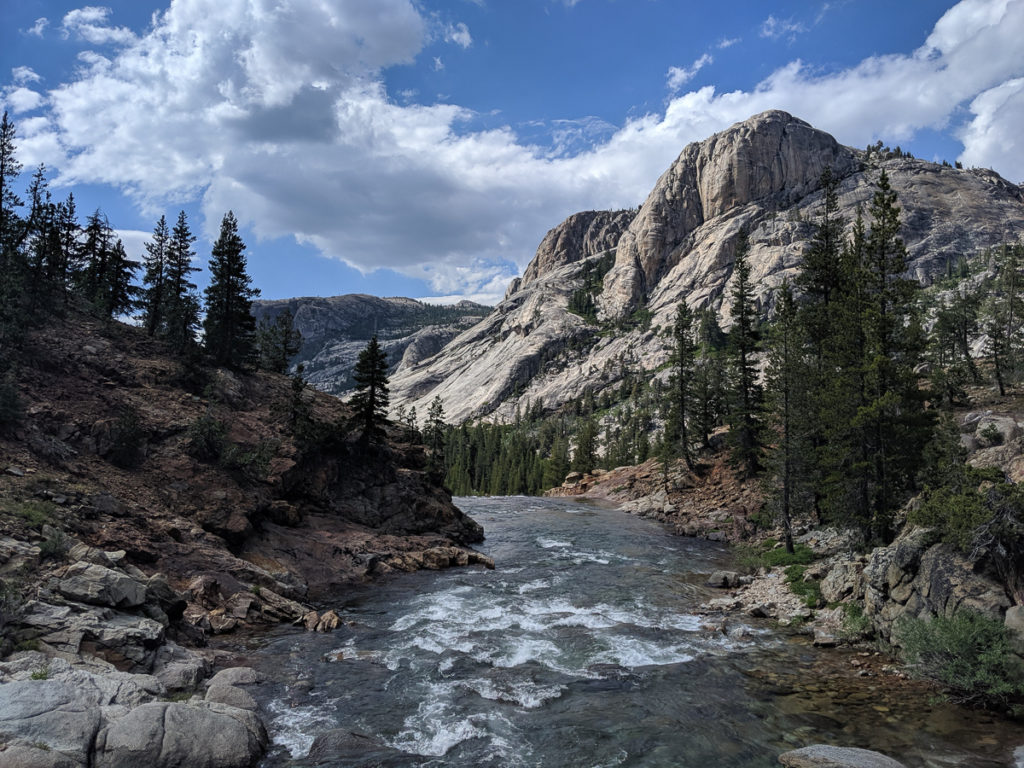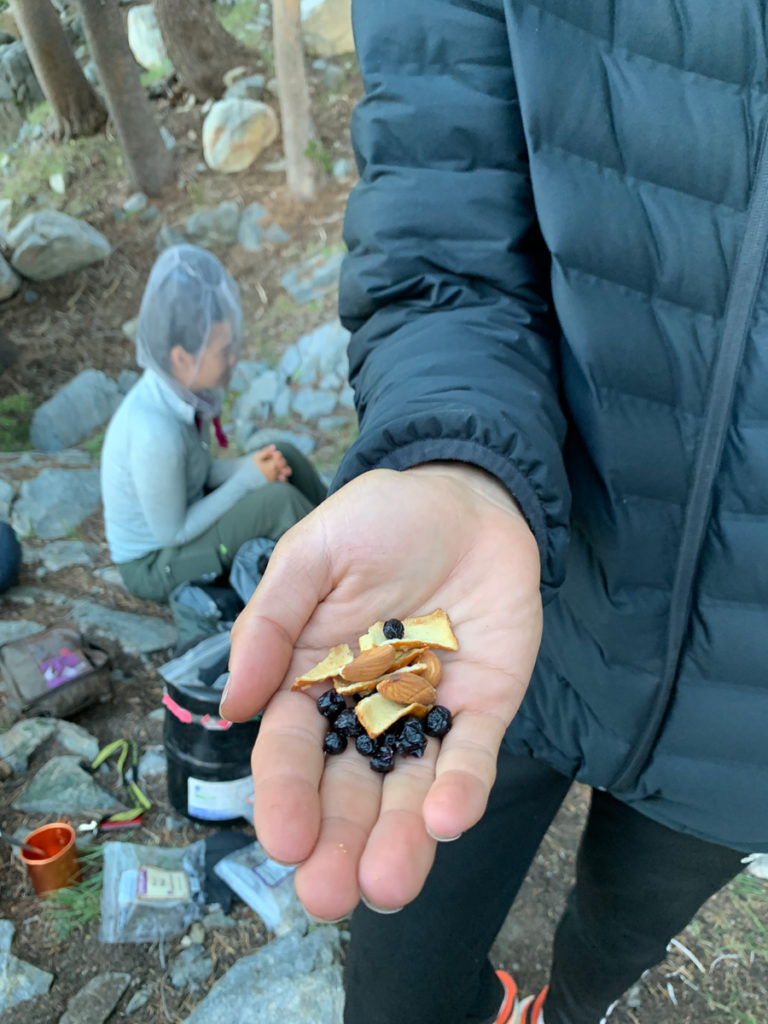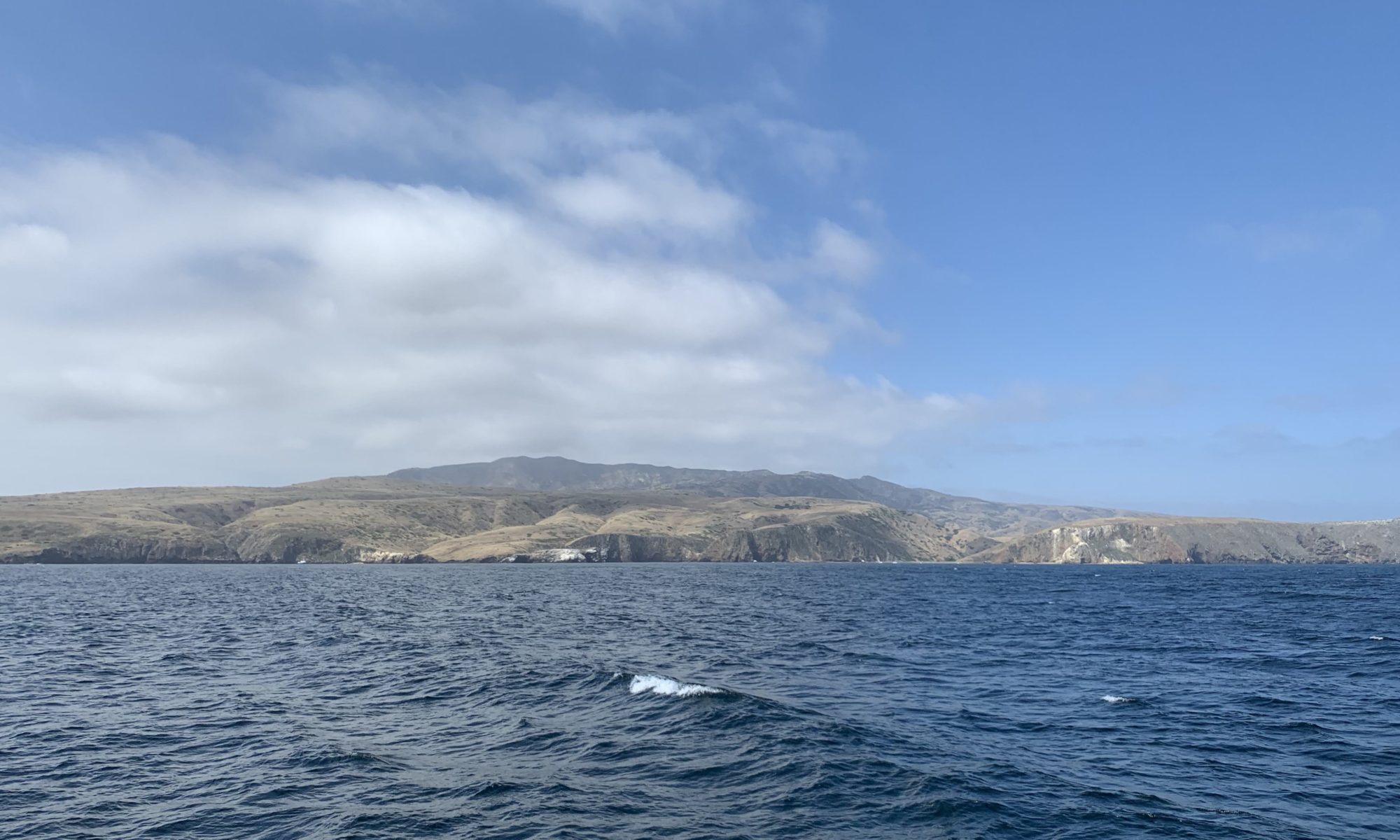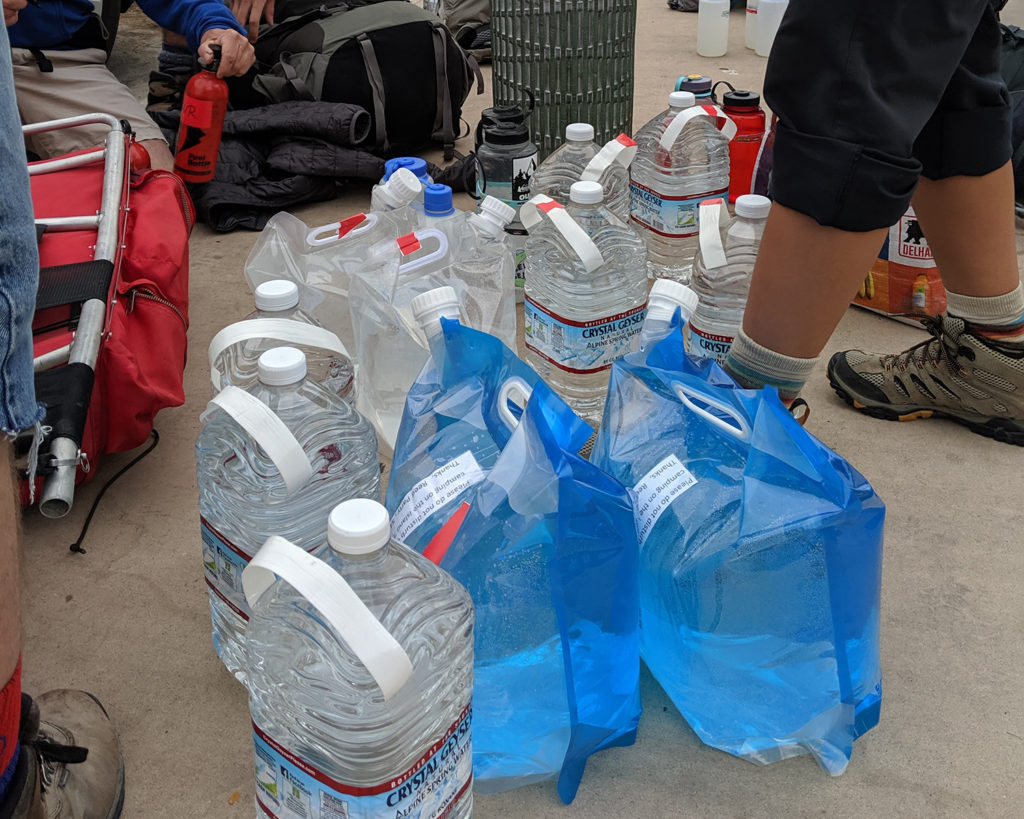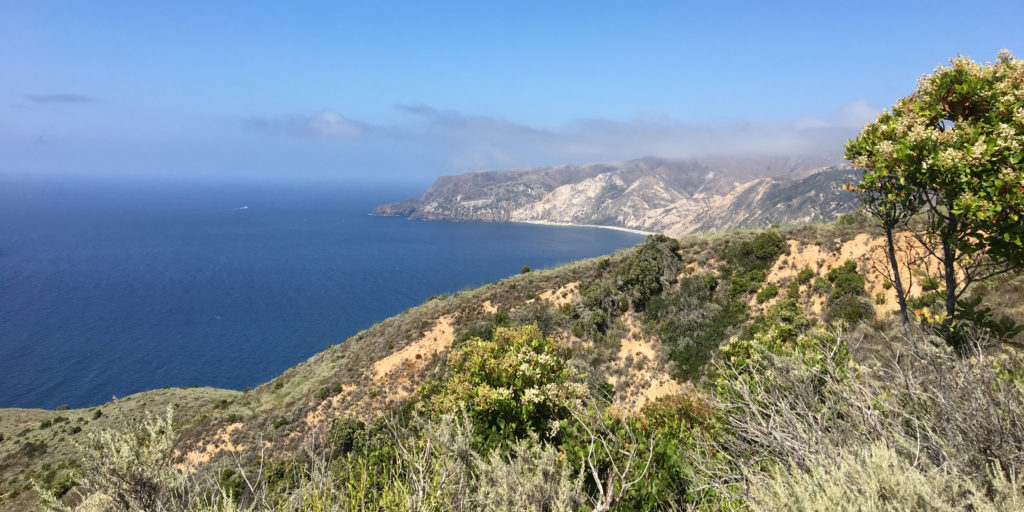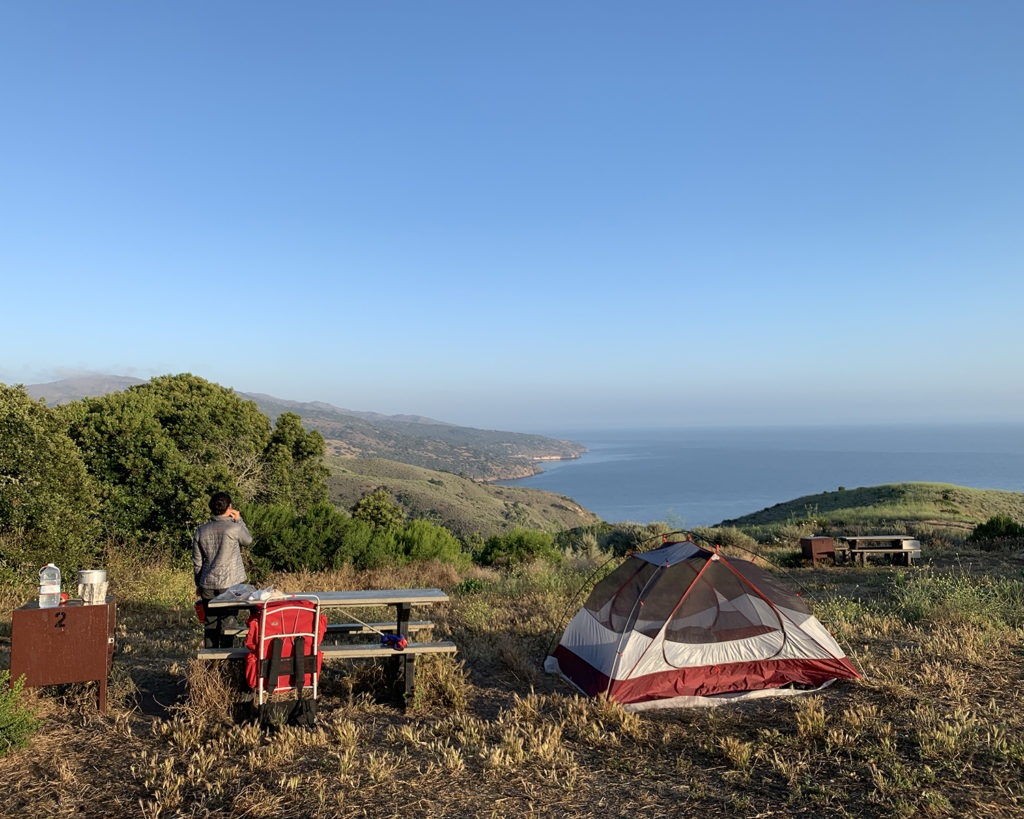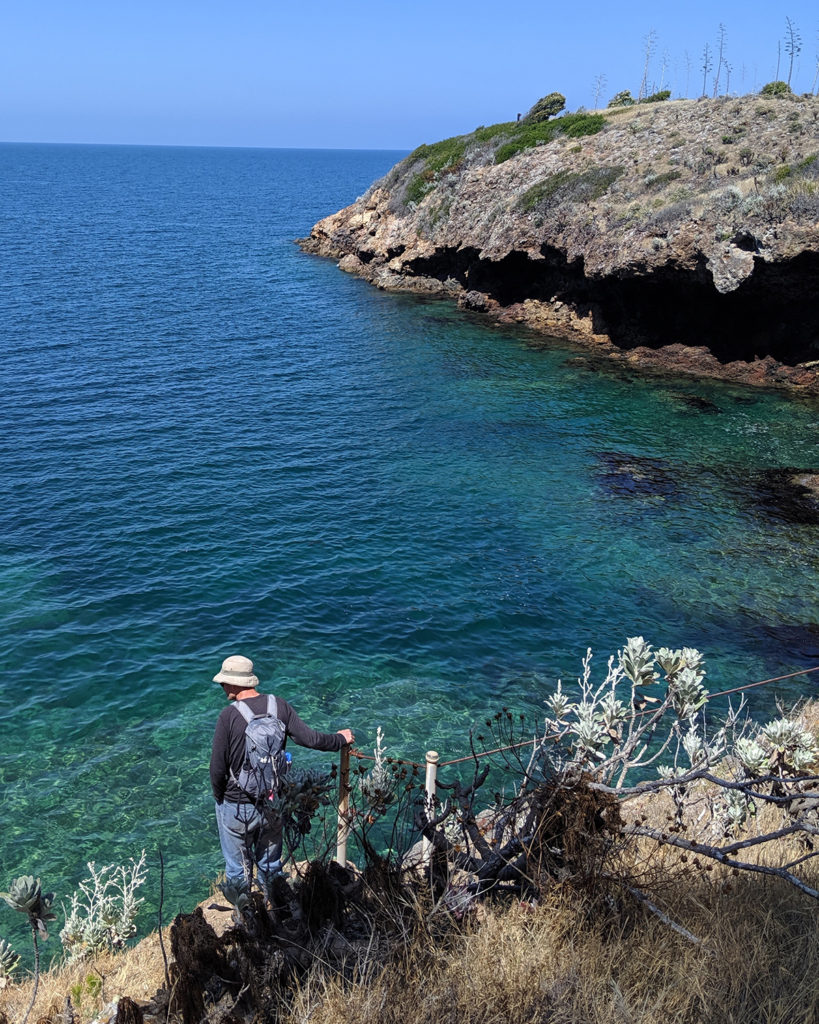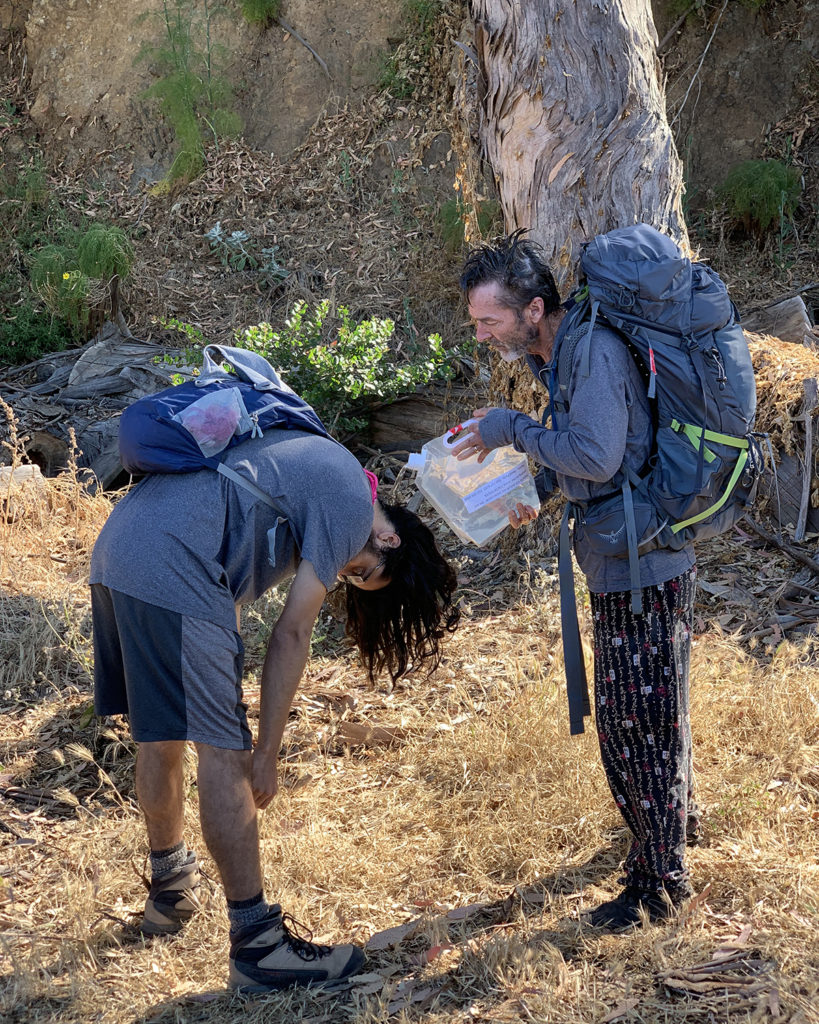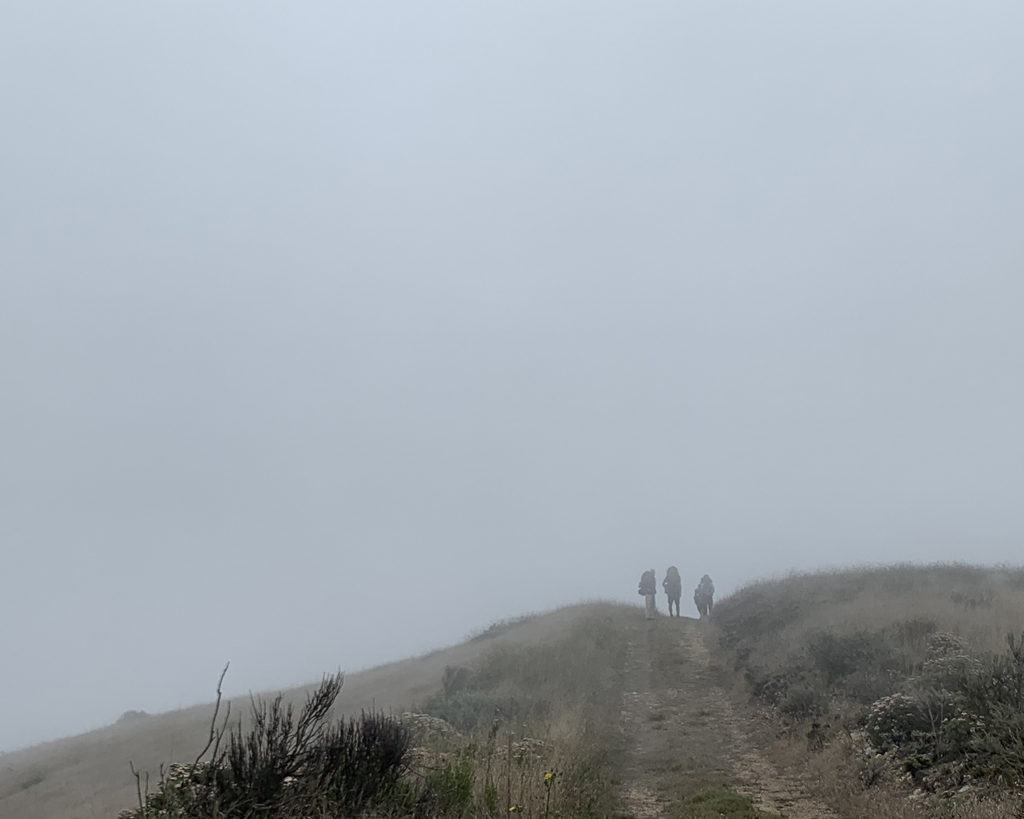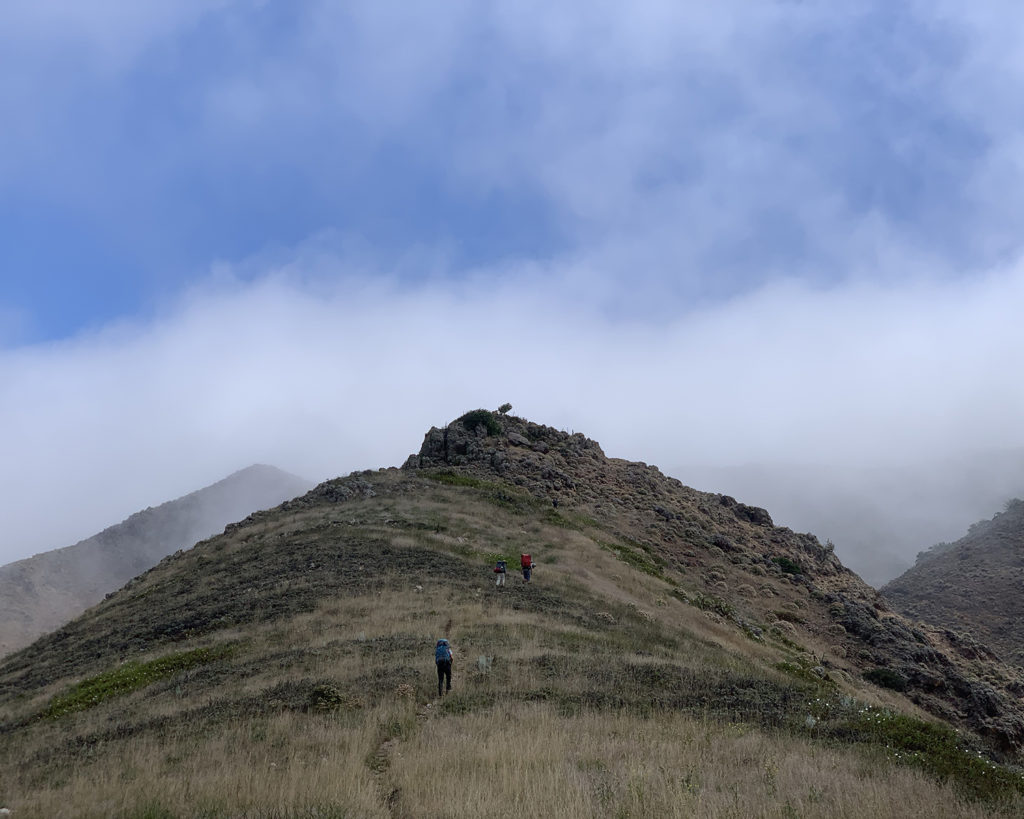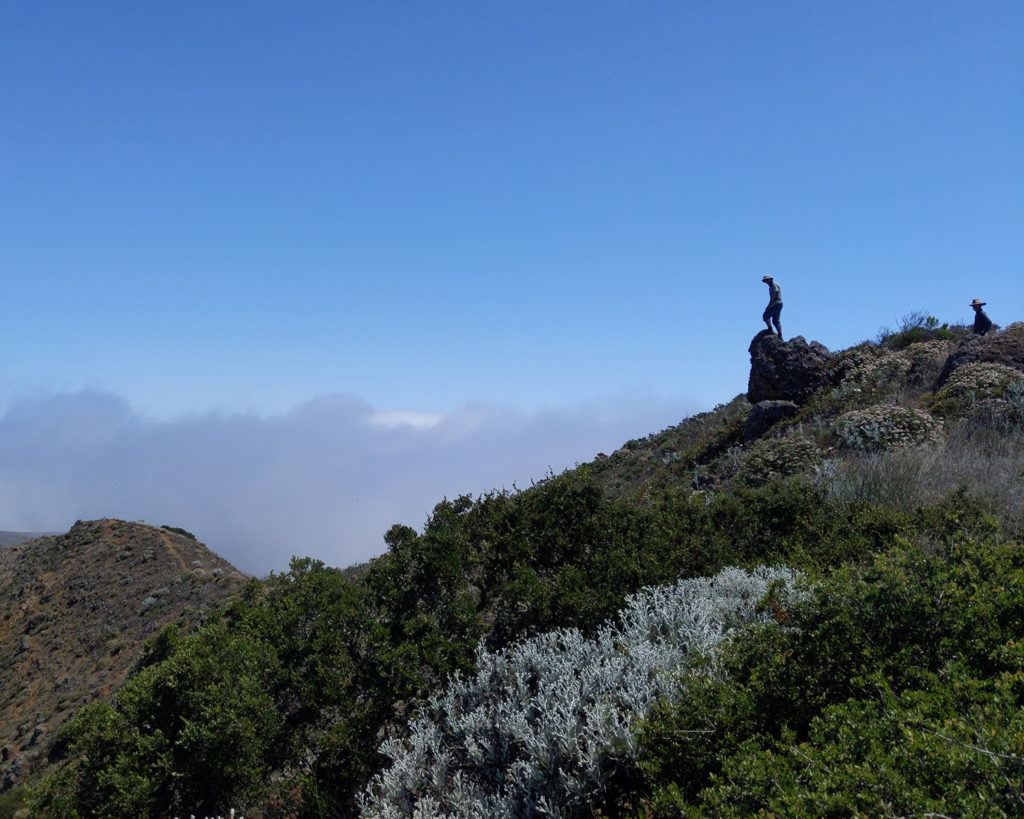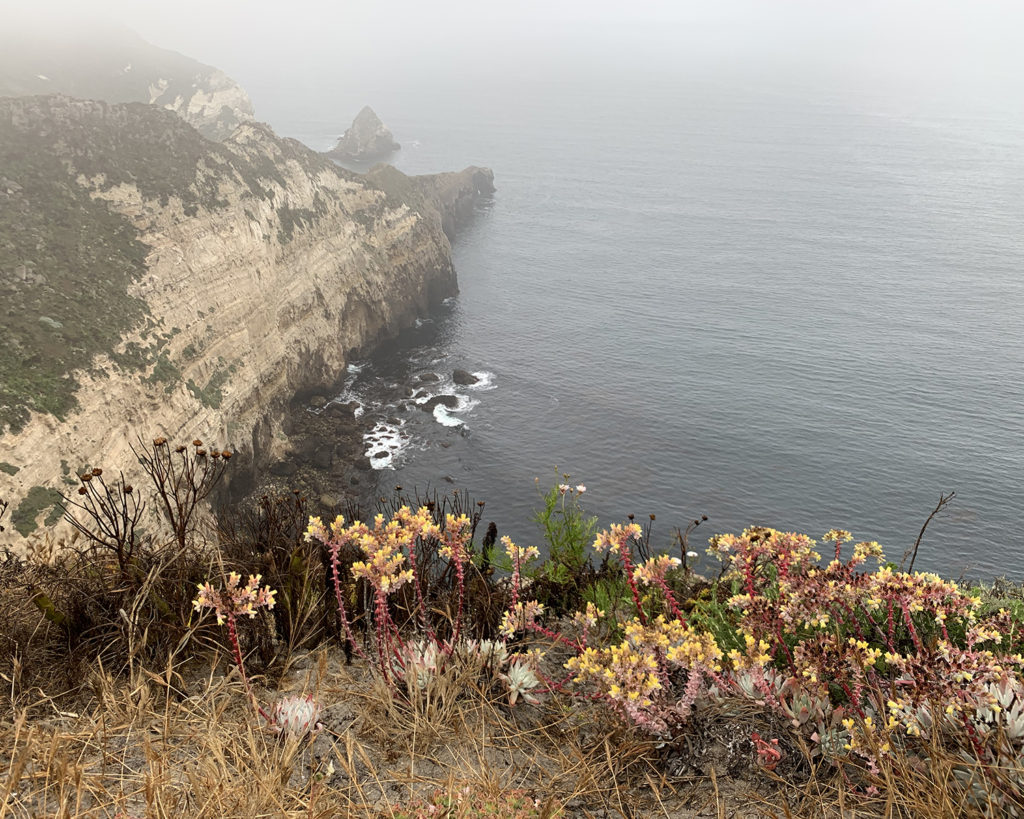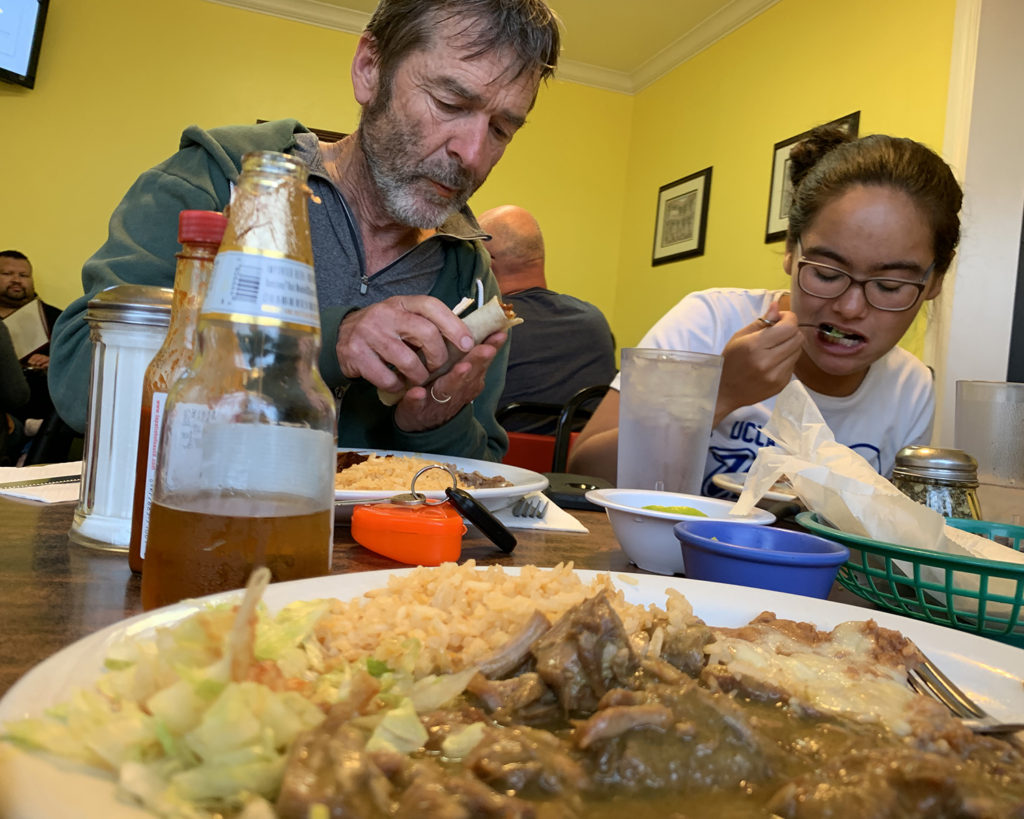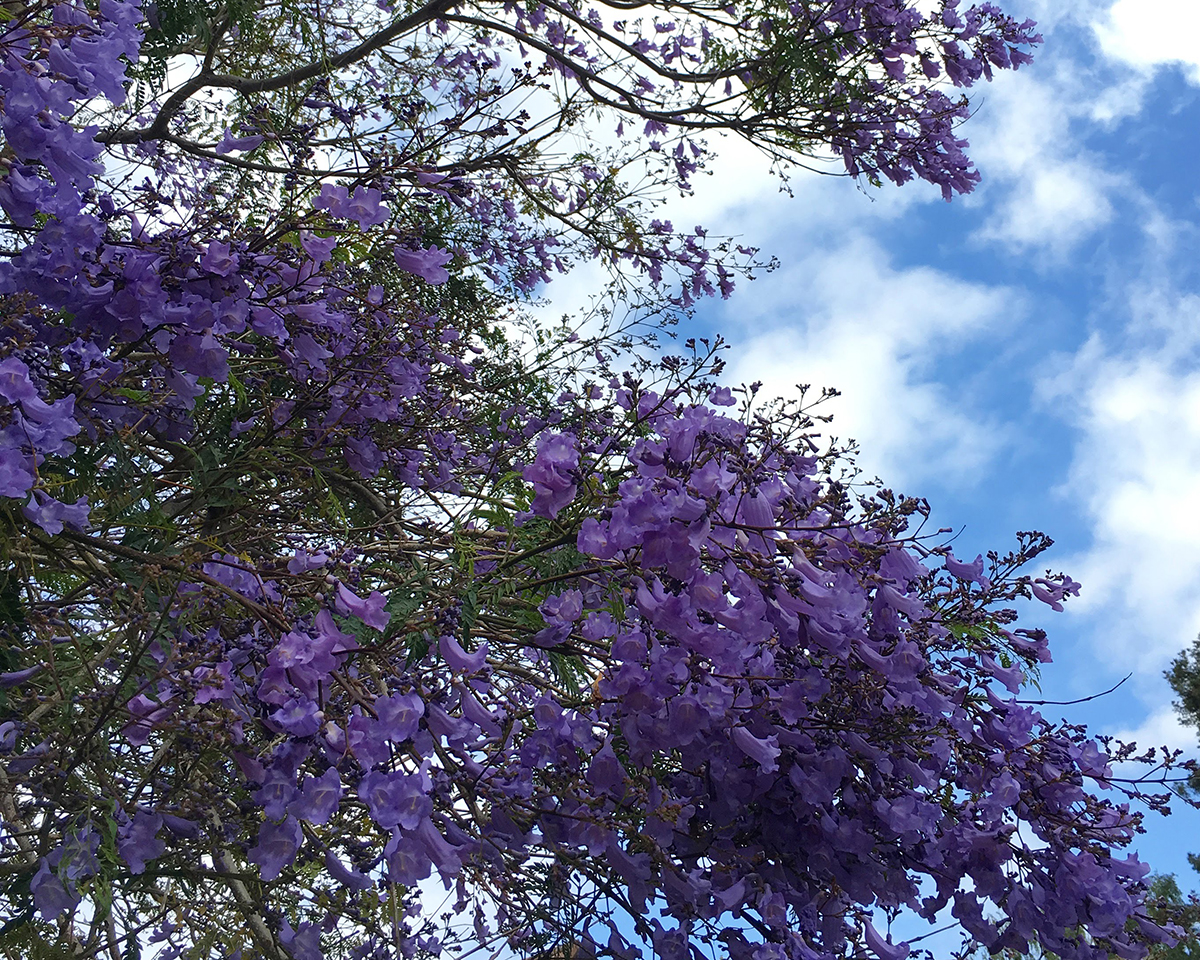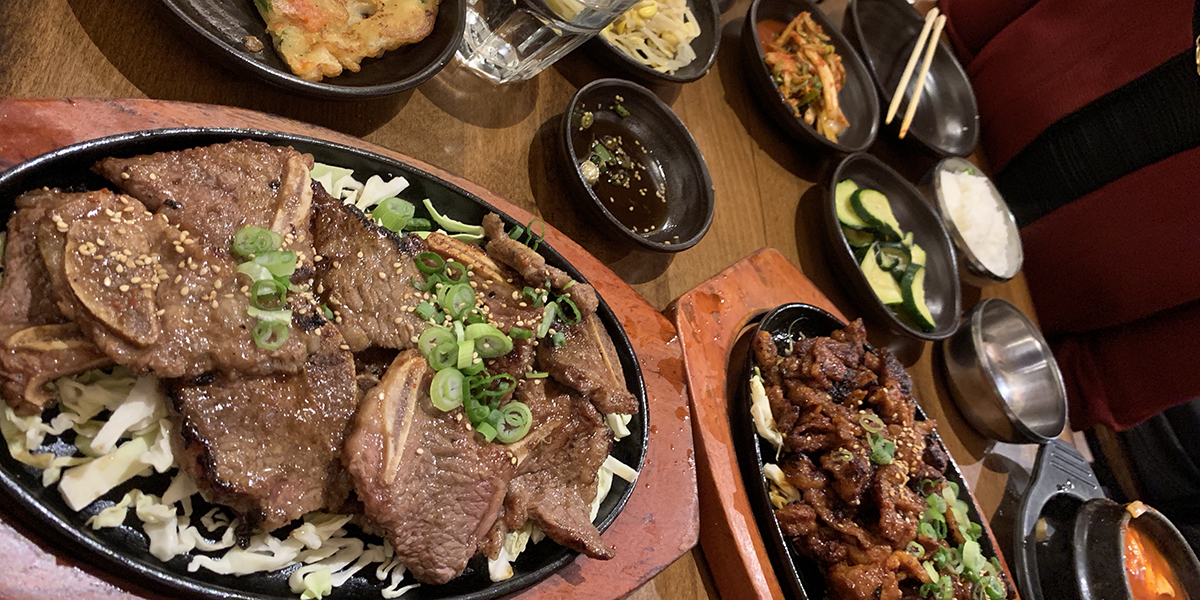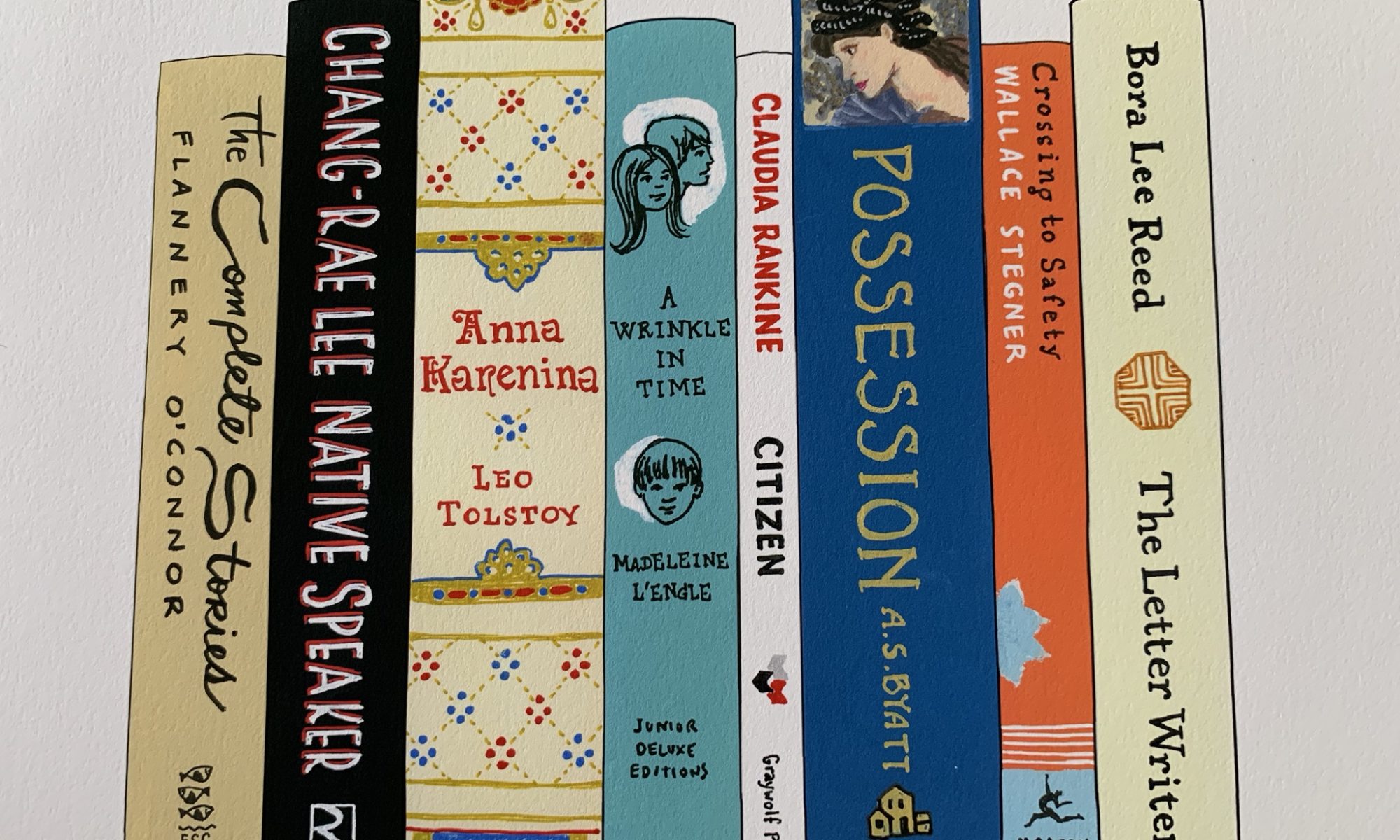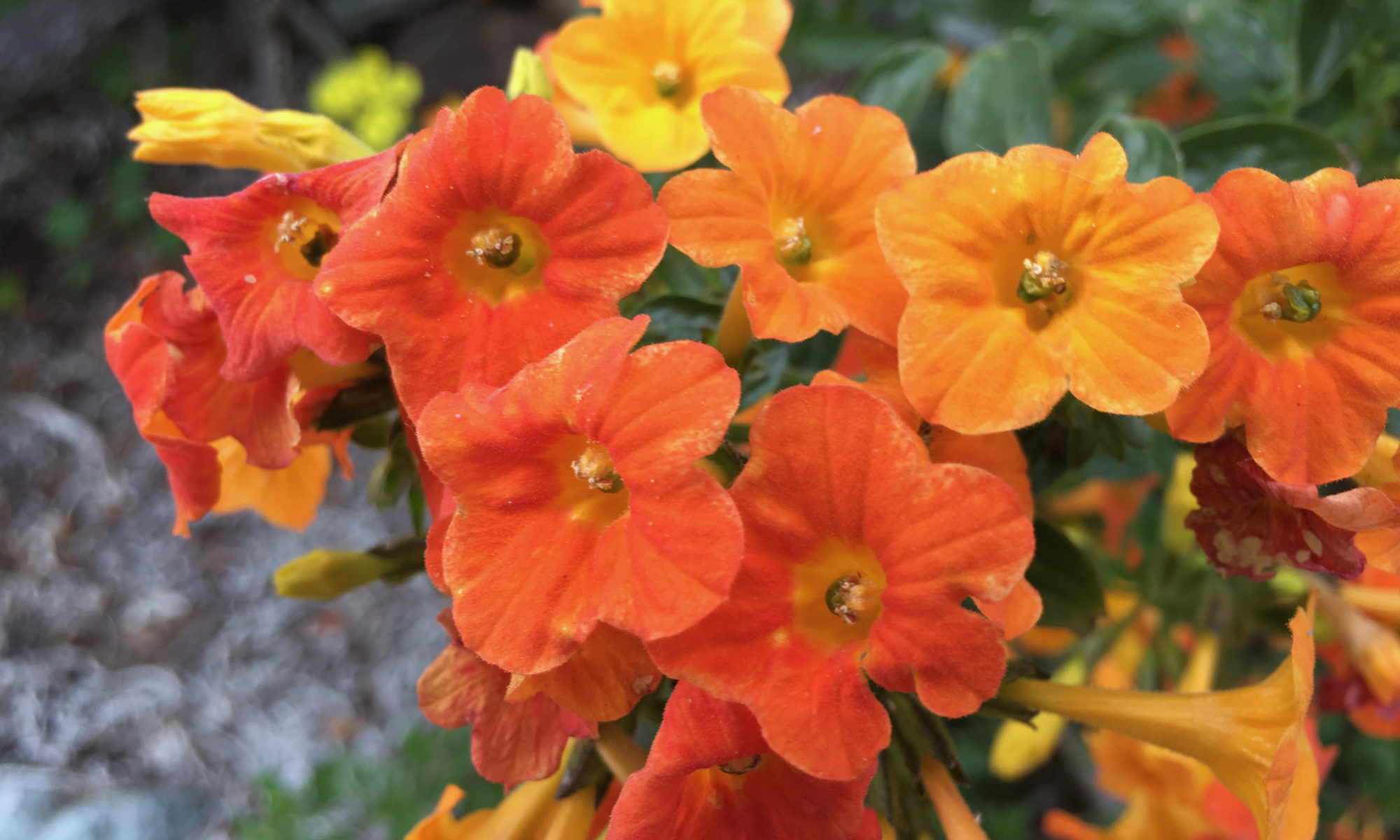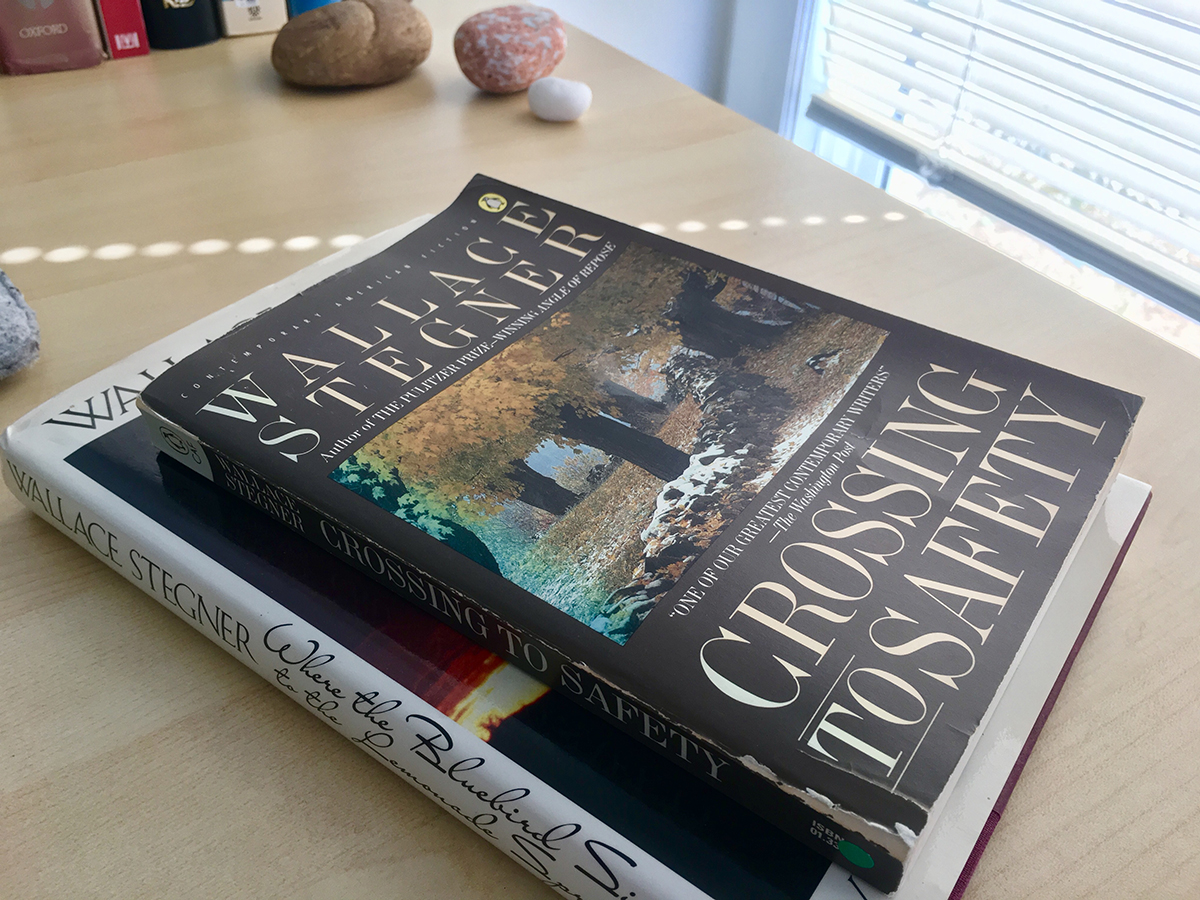By 2020, we’ll no longer be able to fly domestically with just our driver’s license. We’ll either need a passport or a Real ID. Since my regular license was set to expire, I decided to take the opportunity to apply for a Real ID. Back in November, I made an appointment for January 14 at 2:00PM, and noted it on my calendar.
At 1:30 on the fateful day, I mentioned to my co-worker that I was going to the DMV for my Real ID.
“Okay,” she said. “And you have your documents, right?”
Documents?
I’d assumed that the process for getting my Real ID would be the same as renewing my driver’s license: seamless. WRONG.
I careened down the hill from work to stop at my house to grab my passport, while Wes looked up acceptable documents. A passport would do. A W-2 could be proof of my social security number. A photocopied W-2 would not be accepted. I only had an electronic copy of my W-2 which could be downloaded as a pdf. Would a printout of a pdf be considered a photocopy? Wes told me that I could bring in our car registration as proof of residency. Wait, but didn’t the DMV already have a copy of my car reg? No time to dwell on these questions. I had to make my appointment! I grabbed my passport, printed out my W-2, pulled our car registration from the glove compartment, and hurried to the El Cerrito DMV.
I couldn’t help but feel a twinge of smugness as I joined the much shorter appointment line. Those poor, not-organized people, who had to suffer the DMV without an appointment, I thought. I’d hate to be in their shoes.
I got to the front of the line, stated my name, and presented my papers. Everything was in order. Except–I didn’t have an appointment. Wait, what? But I had made an appointment, hadn’t I? WRONG. (My best guess is that I failed to hit “submit” on the website).
With a sigh I joined the plebeians at the very back of the non-appointment line.
About 45 minutes later, I was again at the counter. The lady there checked that my papers were in order, then directed me to go “stand at number 21.” I looked where she was pointing. A long line–maybe twenty-five people?–snaked back and forth under a big “21.” I sighed again and joined that line. The line wasn’t moving and I despaired. Just then, a different woman called out.
“Who’s here to apply for a driver’s license and not take the written test?”
Four hands shot up, including mine. To my great relief, she directed us to one of many computers sitting unused. I sat down and, a few clicks later, had my confirmation number.
I walked up to the person monitoring line 21.
“Where do I go now?” I asked.
“Go to the end of this line,” she said.
Wait, what? Go back to the end of line 21? Not knowing what to do, I approached the lady who had directed us to the computers in the first place.
“Excuse me,” I said. “I’m sorry to bother you, but I’m really confused. Where am I supposed to go?”
She asked me if I had received a green half sheet of paper. I had not. She grabbed one and wrote a number on it. J17. I was to sit and wait to be called.
“And remember,” she said, as I turned away in relief. “Only cash, check, or debit.”
WAIT, WHAT?
Yes, friends, I had forgotten this about the DMV. I had a credit card, Apple Pay, Venmo, PayPal…but no cash and no debit card.
“You don’t know what I’ve been through,” I cried to Wes on the phone. “I’m at the DMV and I have a number but I NEED MONEY!”
Poor Wes. He was in the middle of a work IT crisis. Nevertheless, he agreed to meet me. I sat and listened as the DMV numbers were called, in seemingly random order. B17, A36, C04. J14. Via my FindFriends app, I could see Wes’ dot moving from Richmond and down San Pablo Ave.
J15. I was sweating. J16.
I could see Wes’ dot was here. I called him. He was looking for parking.
“J17.”
I gulped and went to the window. I presented my documents again and watched as the DMV worker looked them over.
“Check and make sure everything is correct,” she said, handing me a printout.
I slowly lifted the paper. “B-O-R-A,” I said, very deliberately, trying to take as long as possible to buy Wes time to get to me. “R-E-E-D.”
And there, in my peripheral vision, I saw Wes rush in. I waved him down and handed me $36 in cash before turning around to head back to work to deal with a phishing scam.
I paid, got my photo taken, and I was done.
It had been a super stressful experience, yet I had gotten what I needed. I felt like a character in a video game battle, bouncing around and nearly thwarted at every stop. And yet, at each moment, someone helped me: a coworker, a DMV worker, my spouse. So was this a good experience or a bad one? I’m still mulling it over, but I’m relieved I won’t have to relive it again until 2024…at which point I will likely have again forgotten that the California DMV does not take credit cards.
